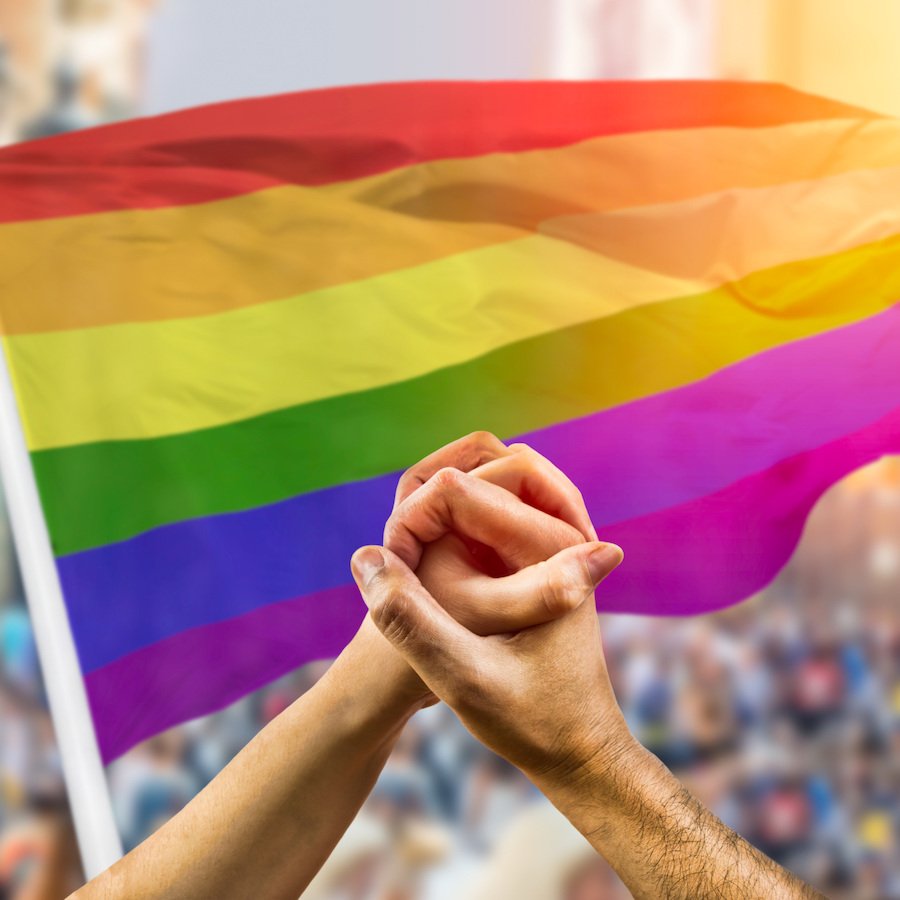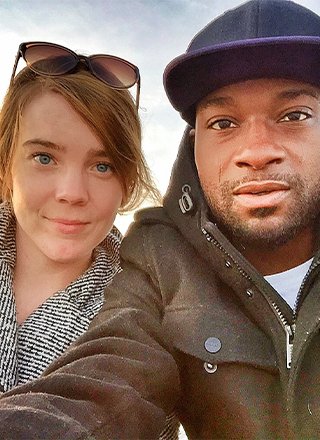In 2008, John Henry Ramirez was convicted of murder by a Texas state court and sentenced to death. Fourteen years later, he found himself before the Supreme Court, not asking for amnesty but rather to have his pastor pray with him during his final moments. And just last week, in an 8-1 decision, the Court ruled in Ramirez’s favor, concluding that Texas must allow Ramirez’s pastor to pray aloud and lay hands on Ramirez in the execution chamber.
While awaiting his execution date, Ramirez deepened his Christian faith as a member of the Second Baptist Church of Corpus Christi, whose pastor Dana Moore serves as Ramirez’s spiritual adviser and religious counselor. Ramirez asked Texas officials to permit Moore to lay hands and vocally pray over him during the execution. But Texas denied the request, citing security concerns. Arguing that he was pursuing a “narrow, but vitally important, remedy essential to his religious faith,” Ramirez petitioned the Supreme Court to intervene.
On Nov. 9, the court heard oral arguments in the case, Ramirez v. Collier, asking whether Texas’ decision to restrict the laying on of hands violates the First Amendment and the Religious Land Use and Institutionalized Persons Act (RLUIPA). While the former is likely familiar – in particular its language preventing the government from prohibiting the free exercise of religion – RLUIPA might require an introduction. This law, adopted in 2000, forbids prisons from imposing a “substantial burden” on an individual’s religious exercise unless that burden is in furtherance of a “compelling governmental interest” and the prison uses “the least restrictive means of furthering that compelling governmental interest.”
This case is the latest in a series relating to the role of clergy within the execution chamber. In February 2019, Alabama intended to execute Domineque Ray, a Muslim man, after refusing to allow the presence of his imam, although the state permitted the presence of Christian chaplains at that time. The 11th U.S. Circuit Court of Appeals stayed the execution, but the very next day the Supreme Court vacated the stay and let the execution proceed, citing the last-minute nature of the application. In her dissent, Justice Elena Kagan wrote, “Ray has put forward a powerful claim that his religious rights will be violated at the moment the State puts him to death.” But only a few weeks later the Court reached the opposite result and stayed an execution in a similar case involving Texas and Patrick Henry Murphy, a Buddhist man, in Murphy v. Collier. Justice Brett Kavanaugh’s concurrence explained that the allowance of Christian or Jewish spiritual advisers within the execution chamber but exclusion of Buddhist advisers amounted to “denominational discrimination.”
The Ramirez case offered a more difficult yet just as somber question: whether a person being executed has a right under RLUIPA or the First Amendment to be touched or prayed over by a spiritual adviser, rather than simply the presence of the adviser? Most recently, the Supreme Court refused to allow Alabama to execute Willie B. Smith III without his pastor present within the execution chamber. Four justices explained that the state had insufficiently carried its burden under RLUIPA to show that excluding the spiritual adviser was necessary to ensure prison security. In October 2021, the state allowed Smith’s pastor not only to enter the chamber, but also to pray with Smith and place a hand on Smith’s leg during the execution. Further, carceral institutions have long accommodated both audible clergy prayer and clergy touch at the time of execution; Ramirez’s brief even quoted a former Texas criminal justice official who cited numerous examples of physical touch during executions.
During oral arguments, some justices suggested that insincere religious beliefs might lead to individuals “gaming the system” (Justice Clarence Thomas) or attempting to “move the goalposts” (Justice Kavanaugh), while Justice Samuel Alito lamented an “unending stream of variations.” The underlying concern behind these assertions appeared to be a fear that the court would be flooded with religious accommodation requests by people on death row.
Despite these concerns, the court ultimately ruled in Ramirez’s favor, concluding that Ramirez was likely to prevail on his RLUIPA arguments. The court agreed that Texas has compelling interest in ensuring safety and preventing disruption in the execution chamber. But the court decided that the state could “satisfy those interests by means less restrictive” than precluding the audible prayers or physical touch of spiritual advisers. As Chief Justice John Roberts wrote in the majority opinion, the state could, for example, restrict the location of physical touch, limit the time period during which touching is permitted, or even require the pastor to undergo training so that he can understand the precautionary measures needed to avoid problems in the chamber.
While AU agrees with the court’s decision, it was specifically based on “Texas’s specific execution protocol, chamber, and historical practices.” Similar cases in other states may result in different outcomes. Further, future cases must ensure that all religious groups and equivalent secular philosophies receive the same benefits granted to Ramirez in this case. This principle of religious equality is fundamental to the separation of church and state.
Eoin Lyons is a member of Americans United’s Youth Organizing Fellowship Program.


